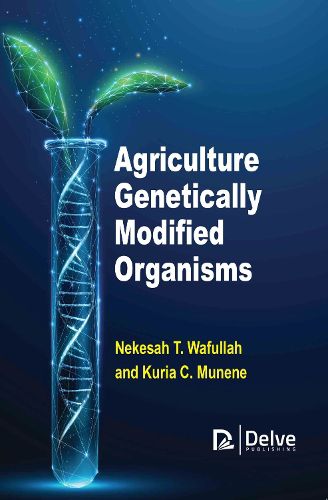Readings Newsletter
Become a Readings Member to make your shopping experience even easier.
Sign in or sign up for free!
You’re not far away from qualifying for FREE standard shipping within Australia
You’ve qualified for FREE standard shipping within Australia
The cart is loading…






To adequately feed the world by the year 2050, FAO (Food and Agriculture organization) estimates that food production must increase by 50 - 66 percent in developed and developing countries consecutively. However, current yield trends show that stagnation or the opposite is happening. Under current farming management regimes, it seems almost impossible to achieve this aim of doubling production. Thus, the front of constant genetic advancement of current agricultural crop and animals are suggested. This book explains the concepts and misconceptions of genetically modified organisms and their potential and threat to sustainable agriculture. The reader is provided with a detailed description of GMO procedures and machines involved. The books also take the readers through the changing definition around GMOs, the organization and policy involved in deferent political regions. By taking the reader through some of the most successful GMOs, the book can help farmers choose the best GMO innovations without fear of negative health and environmental effects.
$9.00 standard shipping within Australia
FREE standard shipping within Australia for orders over $100.00
Express & International shipping calculated at checkout
To adequately feed the world by the year 2050, FAO (Food and Agriculture organization) estimates that food production must increase by 50 - 66 percent in developed and developing countries consecutively. However, current yield trends show that stagnation or the opposite is happening. Under current farming management regimes, it seems almost impossible to achieve this aim of doubling production. Thus, the front of constant genetic advancement of current agricultural crop and animals are suggested. This book explains the concepts and misconceptions of genetically modified organisms and their potential and threat to sustainable agriculture. The reader is provided with a detailed description of GMO procedures and machines involved. The books also take the readers through the changing definition around GMOs, the organization and policy involved in deferent political regions. By taking the reader through some of the most successful GMOs, the book can help farmers choose the best GMO innovations without fear of negative health and environmental effects.